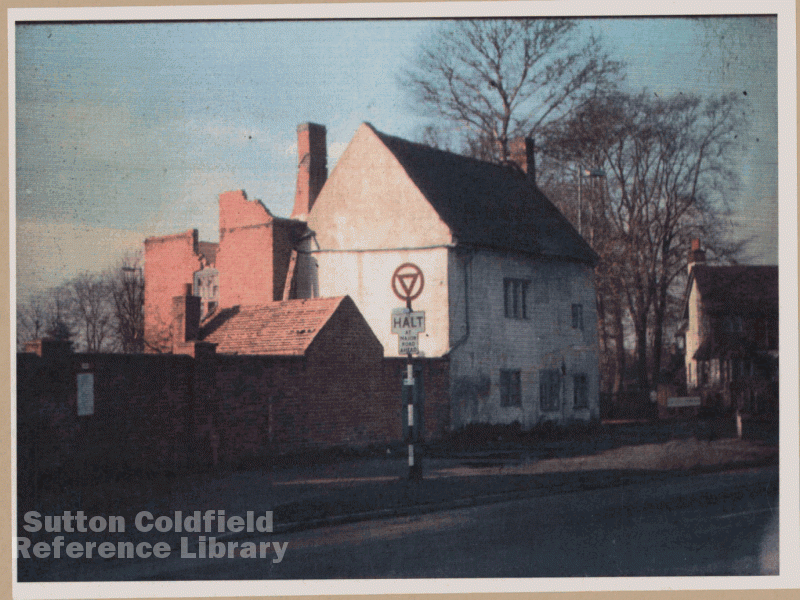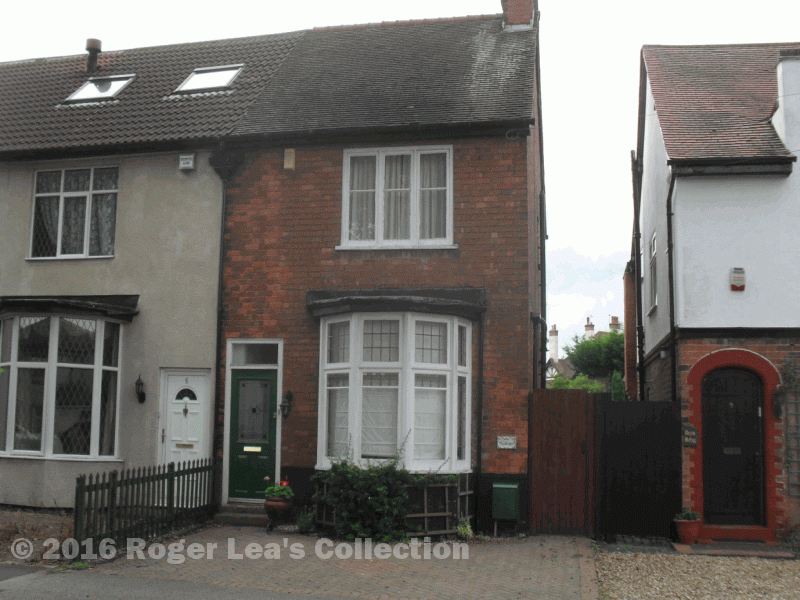The town of Sutton Coldfield covered approximately 13,000 acres in 1820 - Sutton Park accounted for 2,300 acres of this, another 3,500 acres was open common land, with 7,200 acres of farmland. Parts of the commons were named; New Shipton Field was the part of the common next to New Shipton Farm, while the area near to the White House was known as Whitehouse Common. The White House stood on the site of the present Ashfurlong Clinic, it was a Bishop Vesey stone house, demolished in 1965 as being beyond repair.
By an Act of Parliament of 1824, the Sutton commons were to be divided up and handed over to private owners. Someone owning a hundred-acre farm could expect to receive thirty acres of common not far away from his farmhouse. However, many people qualified for a piece of common land through ownership of one or two houses or cottages in the centre of Sutton, entitling them to less than a quarter of an acre of land over a mile away.
Most of these small pieces of land were set out on Whitehouse Common, in the triangle formed by Lindridge Road, Withy Hill Road and Whitehouse Common Road. Thomas Sharman, owner of the Gate public house and two small houses at the bottom of Mill Street, was allotted a ? acre plot on the corner of Lindridge Road and Whitehouse Common Road, while Alicia Aldridge, licensee of the Sun public house in Coleshill Street and owner of several nearby cottages, received ¾ acre. David Whitehouse, owned a big house on High Street and six cottages, so he was allotted 1½ acres, but thirteen of the thirty-three plots set out in the Whitehouse triangle measured less than a quarter of an acre.
What would the Sutton householders do with their tiny plots of infertile ground which they were obliged to fence off? Several of them took the opportunity to develop - William Tilley built a cottage on his plot where the shops are now, which he rented to a poor labourer. Joseph Short, who lived on his smallholding at Langley Heath, rented from the Corporation, already owned a house in Sutton; when he received his plot on Withy Hill Road he built a pair of cottages for rent. But there was little demand for housing in that part of Sutton, and most of the small plots were eventually acquired by local farmers to add to their fields.

